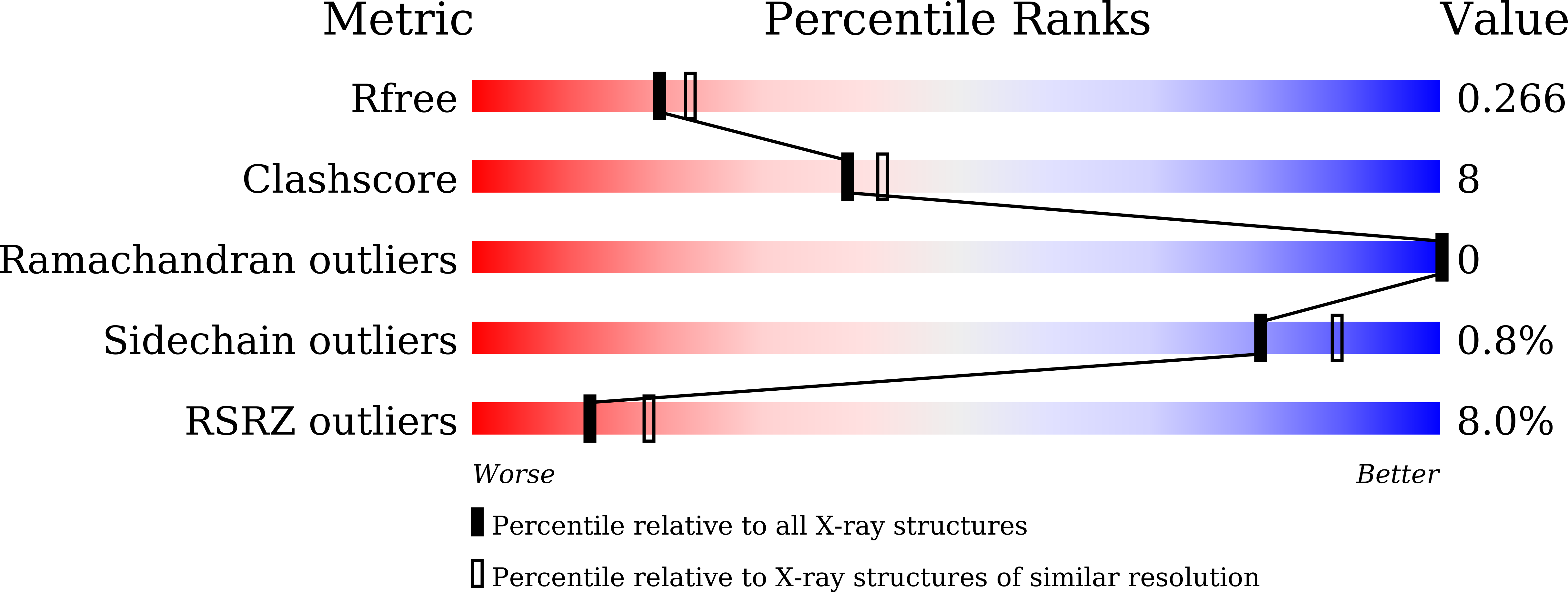
Deposition Date
2022-05-06
Release Date
2022-08-24
Last Version Date
2024-11-13
Method Details:
Experimental Method:
Resolution:
2.35 Å
R-Value Free:
0.26
R-Value Work:
0.22
R-Value Observed:
0.22
Space Group:
P 21 21 21


